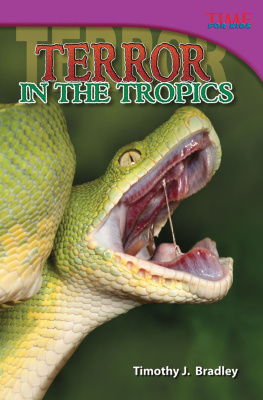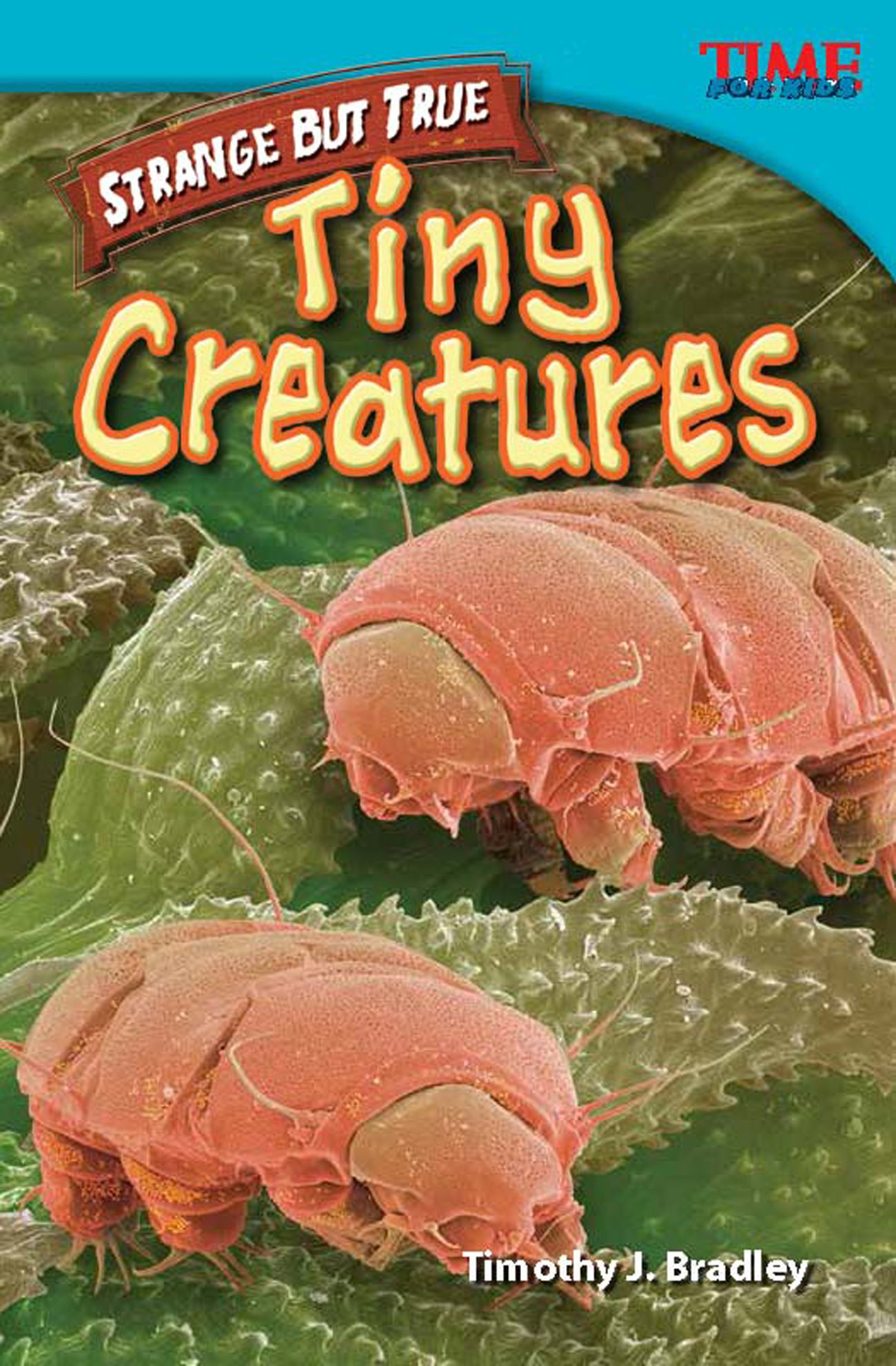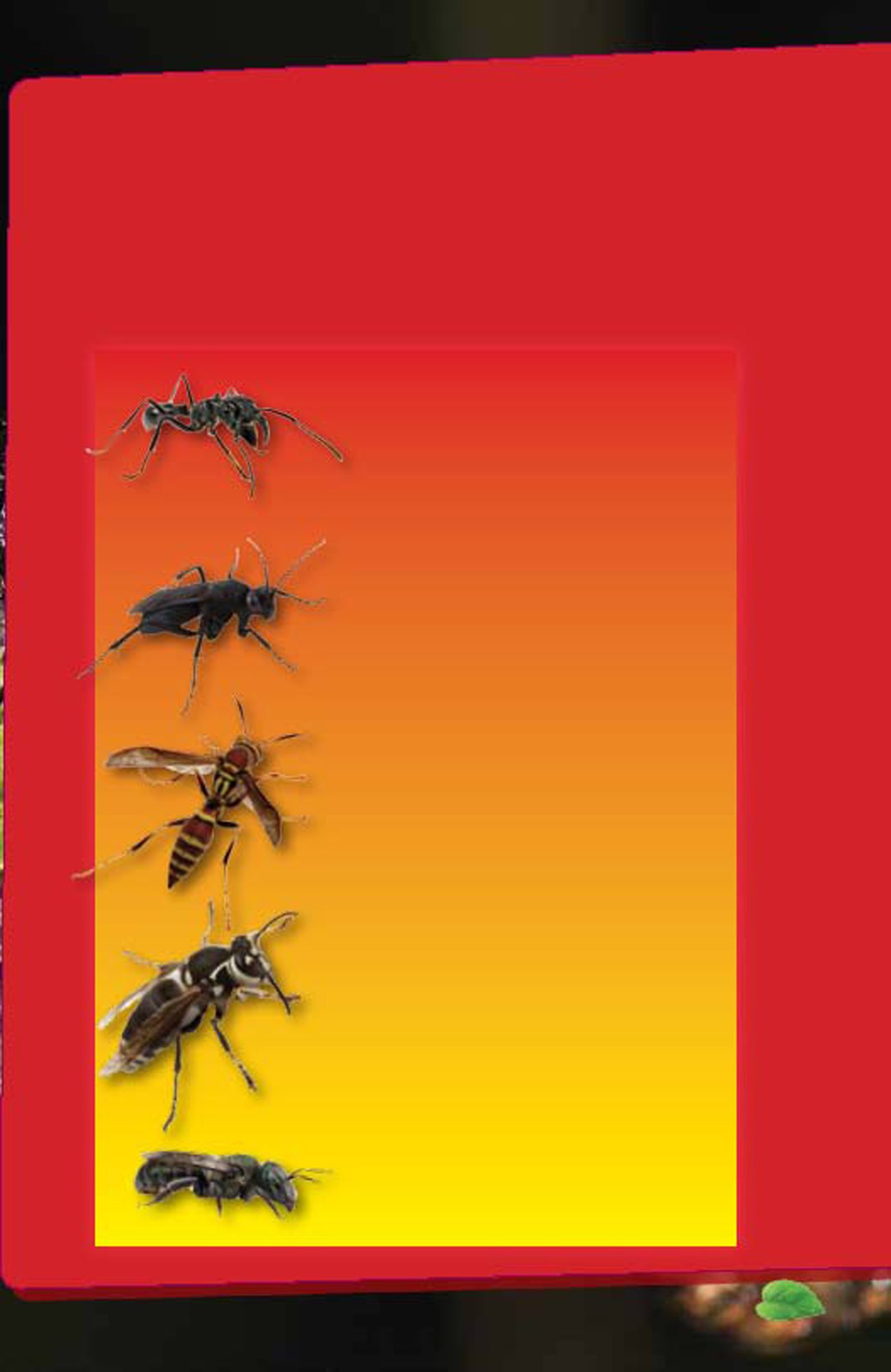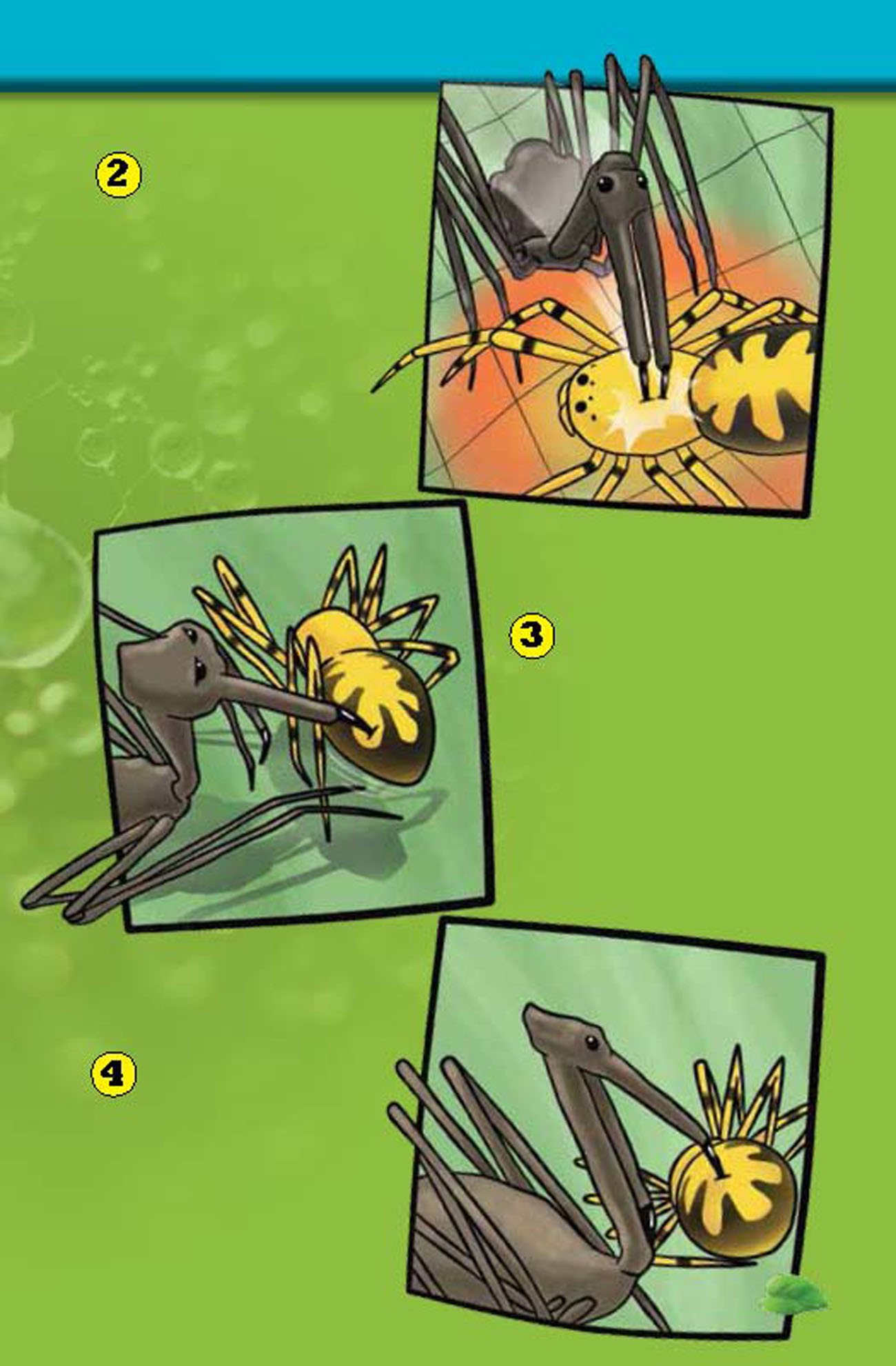Timothy J. Bradley
Consultants
Timothy Rasinski, Ph.D.
Kent State University
Lori Oczkus
Literacy Consultant
Tejdeep Kochhar
High School Biology Teacher
Based on writing from
TIME For Kids. TIME For Kids and the TIME
For Kids logo are registered trademarks of
TIME Inc. Used under license.
Publishing Credits
Dona Herweck Rice, Editor-in-Chief
Lee Aucoin, Creative Director
Jamey Acosta, Senior Editor
Lexa Hoang, Designer
Stephanie Reid, Photo Editor
Rane Anderson, Contributing Author
Rachelle Cracchiolo, M.S.Ed., Publisher
Image Credits: cover, pp.1, 6, 7 (top), 8,
1417, 18 (top & bottom), 19 (middle), 21,
24 (top), 2627 (top), 2829, 38 (left), 39,
45 Photo Researchers, Inc. p.1011, 2223,
3233, 35, 4041 Timothy J. Bradley; pp.18
(left), 43 BigStock; p.89 Getty Images/
Flickr; pp.14, 3031 iStockphoto; All other
images from Shutterstock.
Teacher Created Materials
5301 Oceanus Drive
Huntington Beach, CA 92649-1030
http://www.tcmpub.com
ISBN 978-1-4333-4862-4
eISBN 978-1-5457-1533-8
2013 Teacher Created Materials, Inc.
normous creatures like whales and lions get lots
E
of attention. But there are billions of unseen
creatures on our planet. Their numbers are large.
And so are their effects!
Being tiny has its advantages. These creatures
need fewer resources to survive and reproduce.
Some of the tiniest creatures are the toughest. And
they can survive conditions that would kill any
human. Dive into this strange, invisible world, and
find out just how tiny these tiny creatures can get!
dust mite
The images in this book have been
magnifiedBIG time! Some are shown at
100 times bigger than their natural size.
flea
human head louse
What are the smallest
creatures on Earth?
What are the advantages of
being small?
Why are tiny creatures so
important?
Bullet ants build their nests at the base
of trees in the rainforest. These ants have
the most painful sting in the world. Victims
shake and moan as the ants venom affects
their muscles. The intense pain lasts
for days.
Bullet ants arent aggressive creatures.
But they will defend their nest if it is
disturbed. The worker bullet ants look for
food in the top layers of the rainforest. They
use their potent sting as a way to kill prey.
Multiple stings from these little bugs can kill
a human.
The stinger and
venom are located at
the back of the bullet
ants body.
Schmidt Pain Index
Scientist Justin Schmidt has been stung by more than
150 different types of insects! Based on his experience,
he created a system to compare the stings of different
insects. Take a look at how he ranks the sting of these
nasty creatures in the Sting Pain Index.
4.0+ Bullet Ant
A sting in your toe will make you
feel as if your whole foot is on fire.
Avoid this mighty ant at all costs.
4.0 Tarantula Hawk Spider
Its about as bad as sticking your
finger in an electrical socket.
3.0 Paper Wasp
This feels like acid on a
papercut. Nasty!
2.0 Bald-faced Hornet
Experts say it feels like getting
your hand stuck in a door.
1.0 Sweat Bee
Try pulling just one hair on your
arm. It feels a bit like that.
Like many spiders, the assassin spider
is small but deadly. But it is different
from other arachnids (uh-RAK-nidz).
An assassin is a person who kills another
person in a surprise attack. Most spiders
prey on insects. But the assassin spider
preys on other spiders. Thats why they
are called assassins !
The assassin spider was only just
discovered. Scientists think there are
hundreds of new spiders still to be found.
Discovery
Forty million years ago, a tiny spider
crawled into a bubble of tree sap.
Over time, the sap hardened and
turned into amber. In the 1840s, a
piece of amber was found with a fossil
of an assassin spider in it. Before
then, no one had seen a spider like
this. Thirty years later, the first living
assassin spider was found.
Ferocious Fangs
An assassin spider stabs its prey
using the fangs at the end of its
long jaws. Its long neck allows it
to lift its massive mouth.
Assassin spiders can be found in Australia,
Madagascar, and South Africa. There are 62
species of assassin spiders around the world.
The Assassin
Strikes!
The assassin spider attacks its
prey from afar. Its head, neck,
and jaws are very longthe
perfect length for striking!
The sly assassin sneaks up to another spiders web.
It tugs on a strand and the web moves. The other
spider is excited! It thinks an insect is caught in its
web. Little does it know that the assassin is waiting.
The assassin waits
for the perfect
moment. When
the other spider
passes by, the
assassin thrusts its
sharp fangs into


























